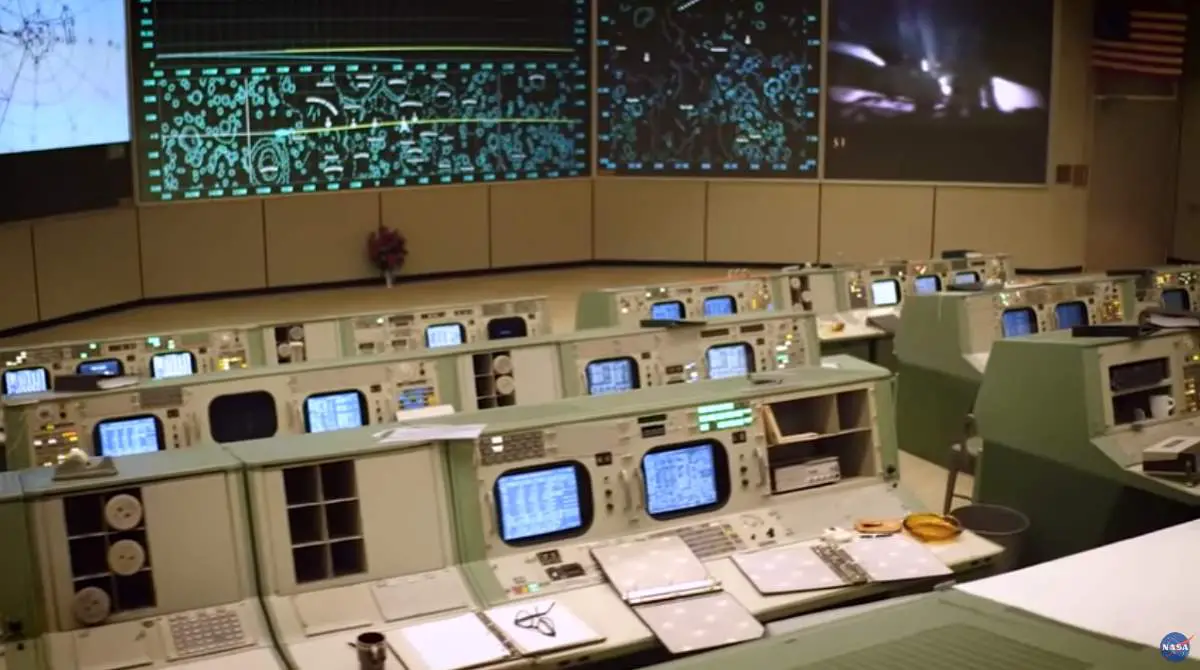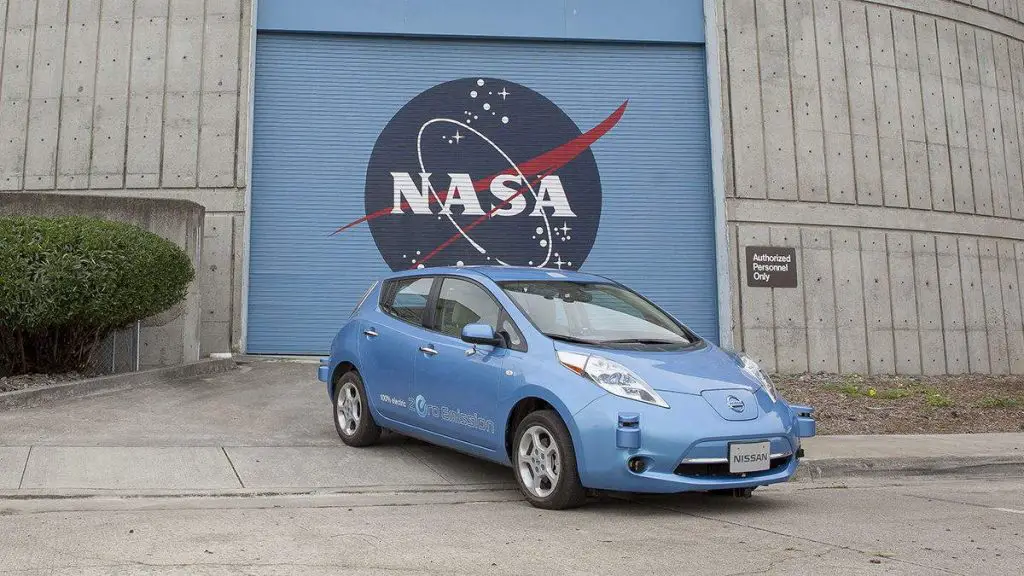Much of the technology common today that we take for granted originates from the moon landing. Here are 10 moon-landing innovations that changed life on Earth.
1. Freeze-dried foods
In the early years of space exploration, nobody even really knew if an astronaut could swallow in space or not. In 1962, American astronaut John Glenn (July 18, 1921 – December 8, 2016, the third American in space, and the first American to orbit the Earth) proved that astronauts can eat in space (in a microgravity environment).
The problem was that the “space food” needed to be shelf-stable and long-lasting, and it needed to be packed small, light, and easy to prepare.
So, NASA funded research on an array of possible food preservation techniques. A 1971 report prepared for the Agency’s Technology Utilization Office explains:
“…the most prominent [food preservation techniques] are dehydration, freeze-drying, intermediate moisture, pasteurization by irradiation, and nitrogen packing. None of these methods of preserving is new, but NASA has contributed to and stimulated advances in this area.”
Today, Freeze-dried food is very common – it’s in the baby food aisle and next to the dried apricots. But first, astronauts brought it on trips into orbit.
2. Studless Winter Tires
Back in the 1970s, Goodyear Tire and Rubber Company developed a material for NASA’s Johnson Space Center to use as parachute shrouds to soft-land the Viking Mars probes through the tenuous atmosphere of the red planet.
The developed fiber had a chain-like molecular structure that gives it incredible strength in proportion to its weight.
The same material was used in the tires of the “Rickshaw” driven by Apollo 14 astronauts Alan Shepard and Stuart Roosa to transport equipment on the Moon.
This material was later used (and is still in use) for producing stronger, safer winter tires for vehicles. It increases tread life by 10,000 miles without highway-destroying “studs”.
Conventional tires used back then would lose their pliability below freezing. The new ones provided traction even in the coldest weather. After all, they remained pliable on the moon in temperatures as low as 195 °F degrees below zero! (-126 °C)

Related: How NASA Reinvented The Wheel
3. Anti-fogging coating
On the first three manned Apollo flights (Apollo 8, Apollo 9, and Apollo 10), all five command module windows were contaminated while in Earth orbit. NASA then took corrective actions.
Although the lunar walkers did not experience fogging of their visors while on the moon and used an anti-fogging wipe to prevent it, its possible occurrence could be catastrophic.
An example of potential adverse effects due to visor fogging was the Apollo 11 mission. Crewmembers remained in their suits during recovery operations for quarantine concerns. The visor fogged once the Command Module (CM) was opened to the humid, warm South Pacific air, completely obscuring their vision. One crewmember became very concerned during the transfer from the CM to the rescue basket, as he was unable to clear the visor to see where he was going.
Whether it was due to exterior fogging due to the cooler visor causing condensation to occur on the visor or that there was no anti-fog wipe available or used is unclear. The implications on the lunar surface were obvious. Because of these dangers, visor fogging needed to be eliminated as a concern, especially if a contingency situation occurs where the crewmember is physically exerting him or herself for extended periods of time.
So, NASA developed an anti-fog coating for helmet visors and spacecraft windows.
Today, the anti-fog coating is used in consumer-grade ski goggles, diving masks, and eyeglasses.

4. Satellites
Putting a human on the Moon needed powerful rockets like Saturn V. Developing such a powerful rocket helped the rocket industry to develop other powerful rockets able to launch payloads to heights of 21,200 to 22,600 miles (34,100 to 36,440 km) above the Earth’s surface.
At such altitudes, satellites’ orbiting speed aligns with how fast the planet spins – so satellites remain over a fixed point, in what is called geosynchronous orbit. Geosynchronous satellites are responsible for communications, providing both internet connectivity and TV programming.
As of February 2022, there were at least 4,550 satellites orbiting around the Earth, and this number is growing bigger. They serve a variety of purposes including providing internet access, global positioning, and space observation.

Related: Saturn V Rocket (Documentary)
5. Miniaturization [of electronics and everything]
Getting into orbit requires energy. A huge amount of energy, So, space missions – back then and even today – have strict limits on how big and how heavy their equipment can be.
These constraints pushed the engineers to find ways to make smaller and lighter versions of almost everything: even the aluminum walls of the lunar landing module were reduced to the thickness of two sheets of paper.
From the late 1940s to the late 1960s, the weight and energy consumption of electronics were reduced by a factor of at least several hundred: from the 30 tons and 160 kilowatts of the Electric Numerical Integrator and Computer (ENIAC) to 70 pounds (31 kg) and 70 watts of the Apollo guidance computer. This weight difference is equivalent to that between a humpback whale and an armadillo.

Crewed missions required more complex systems than earlier, uncrewed ones. For example, in 1951, the Universal Automatic Computer (UNIVAC) was capable of 1,905 instructions per second, whereas the Saturn V’s guidance system performed 12,190 instructions per second.
The trend toward nimble electronics has continued, with modern hand-held devices routinely capable of performing instructions 120 million times faster than the guidance system that enabled the liftoff of Apollo 11.
The need to miniaturize computers for space exploration in the 1960s motivated the entire industry to design smaller, faster, and more energy-efficient computers, which have affected practically every facet of life today, from communications to health and from manufacturing to transportation.
6. Software engineering
Today’s computers are small and lightning-fast compared to mid-20th century devices for sure. But, computers are meaningless without software.
After President John F. Kennedy announced the Moon landing goal in 1961, NASA began to look for people to do programming to send men to the moon.
By 1965, a mathematician and programmer, at the age of 28, Margaret Hamilton joined the Charles Stark Draper Laboratory at MIT, which at the time was working on the Apollo space mission. She was the first programmer NASA hired.
Hamilton is not only one of the first software developers in the world, but she also literally created the term “Software Engineering” to describe her work.
Eventually, the code Hamilton wrote successfully put humans on the moon for the first time.
And a huge industry was born from that. Today, we can’t think of a world without software.
7. Water Purification
Silver ionization water purification technology was originally developed for the Apollo spacecraft. It was later used to clean and sanitize swimming pools and has now been applied to industrial cooling towers and process coolers. The technology can eliminate viruses and waterborne bacteria.
8. Nike airs!
NASA engineer Marion Frank Rudy (1925-2009) was working on encapsulating dense gases into rubber membranes creating an airbag. These airbags provided extra comfort and protection in Apollo-era astronaut helmets.
Rudy realized that technology could have everyday applications. He brought the idea to the Nike shoe company and in 1978, the Nike Air Tailwind premiered.
It was a huge commercial success. Between 1986 and 1993 alone, Nike sold more than $2 billion in shock-absorbing Air-system shoes – “Nike Air”s that use pressurized air in a durable, flexible membrane to provide lightweight cushioning.
Later, other shoe manufacturers also introduced their shock-absorbing systems.
In the video below, Rudy talks about his innovation – a shock-absorbing cushion for shoes.
9. Fireproof fabric
Following Apollo 1’s tragic fire during a test exercise that claimed the lives of three astronauts, NASA engineers redesigned the Apollo module and searched for ways to enhance the safety performance of the nylon space suits.
The suits required an outer layer component that would be durable, strong, lightweight, flexible, and, above all, non-combustible.
Owens-Corning Fiberglass, of Toledo, Ohio-working with DuPont, of Wilmington, Delaware-proposed a fabric known as “Beta cloth.”
The primary component of this fabric was ultrafine glass filaments, which were twisted into yarns and then woven into the fabric. The manufacturers then coated it with polytetrafluoroethylene (PTFE, more commonly known as Teflon), a DuPont invention.
The fabric proved noncombustible (with a melting point over 650 °F or 343 °C) and durable enough for NASA’s needs.
The Space Agency incorporated the PTFE fiberglass fabric into the outer protective layers of the Integrated Thermal Micrometeoroid Garment (ITMG) of the A7L space suit worn for the Apollo missions and Skylab program.
The PTFE fiberglass fabric layer provided both thermal protection as well as shielding from abrasive lunar dust during Moon landings.
Today, a modified version of the fireproof fabric is used in tensile roofing for domed sports stadiums. Some examples include Dallas’s AT&T Stadium, London’s Millennium Dome, and Atlanta’s Georgia Dome.
10. Looking at Earth from space boosted the environmental movement
On December 24, 1968, the crew of Apollo 8 took a famous picture of the Earth rising over the lunar landscape, later dubbed “Earthrise.” This beautiful image helped people understand our planet as a unique shared world.

Later, in December 1972, Apollo 17 spacecraft took an amazing photo of Earth from space, at a distance of about 45,000 kilometers (28,000 miles). This image, with the official NASA designation AS17-148-22727, became known as “The Blue Marble“, one of the most iconic photos of Earth from space.
In fact, it was not the first clear image of Earth taken from space – similar photos had already been taken as early as 1967. But, the 1970s were the scene of a big surge in environmental activism.
For example, on April 22, 1970, the first “Earth Day” was organized by Gaylord Nelson, former senator of Wisconsin, and Denis Hayes, a Harvard graduate student. Millions of people gathered in the United States for the event.
So, in today’s terms, image AS17-148-22727 went “viral” and became a symbol of the environmental movement, as a depiction of Earth’s frailty, vulnerability, and isolation amid the vast expanse of space.
According to NASA archivist Mike Gentry, it is among the most widely distributed images in human history.

Parting words
Technology developed by NASA and other space agencies has many applications in modern life, from forecasting natural disasters to GPS and even smartphones.
We can only wonder what innovations from the effort to send people to other planets will affect us, earthlings decades after the first Marswalk.
Sources
- “Freeze-Dried Foods Nourish Adventurers and the Imagination” on the NASA Spinoff website
- “How Our Trip to the Moon Pushed Innovation Here on Earth” on the Popular Mechanics website
- “5 Moon-landing Innovations that changed life on Earth” on The Conversation website
- “Spinoff 1976, a bicentennial report” on the NASA Spinoff website
- “Rockets to satellites: Moon-landing innovations that changed life on Earth” on the Business Standard website
- “Moon-landing innovations: 12 items we wouldn’t have without space travel” on the CEO Magazine website
- Space Shuttle Endeavour’s Touchdown Meets Columbia’s Salute [An amazing photo from the past] - February 29, 2024
- Moon Landings: All-Time List [1966-2024] - February 23, 2024
- From Orbit to Ordinary: 10 Earthly Applications of Space Technology - January 23, 2024






